CityNet capped its two-day online series of the Urban Resilience Practices from Northeast Asia on December 3, 2020 featuring best practices and tools that help other cities and urban multi-stakeholders in enhancing local resilience strategies.
In his welcome remarks, Sanjaya Bhatia, the head of United Nations Office for Disaster Risk Reduction (UNDRR) Office for Northeast Asia (ONEA) and Global Education and Training Institute (GETI), emphasized the importance of city cooperation to improve urban resilience. He added that CityNet provides a good platform for cities as they are encouraged to share and learn lessons at the same time.
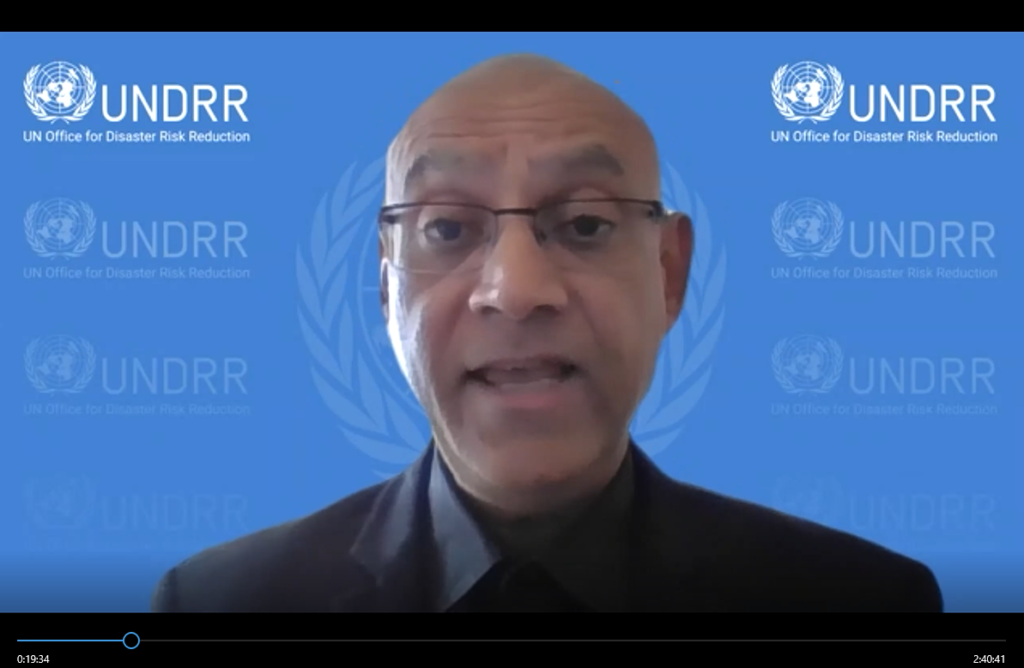
The second session focused on the presentation of different tools on urban resilience that CityNet is currently developing. Dr. Tony Michell from the Korea Associates Business Consultancy presented initial findings of the ongoing CityNet survey that will help determine the different impacts of COVID-19 on city governments and identify their needs on their road to recovery.
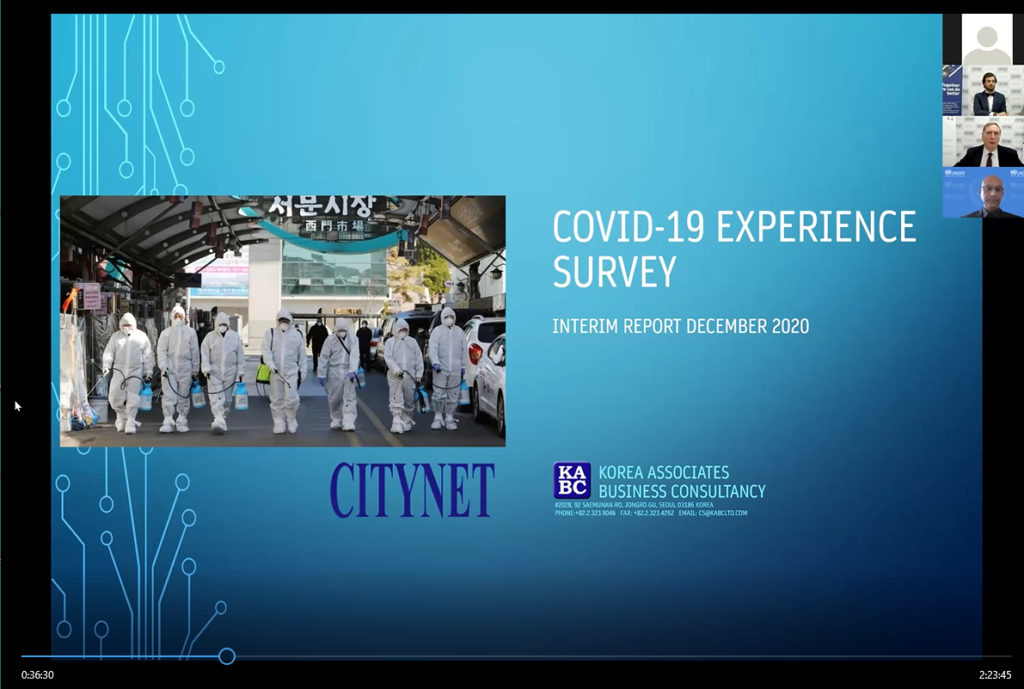
Moreover, Dr. Semee Yoon from Yonsei University presented the global context of the Sustainable Development Goals and how SDGs can be a good framework in addressing urban challenges. She added that CityNet is developing an SDG Navigator, an assessment guide that help the city and its multi-stakeholders strengthen their SDG localization process.
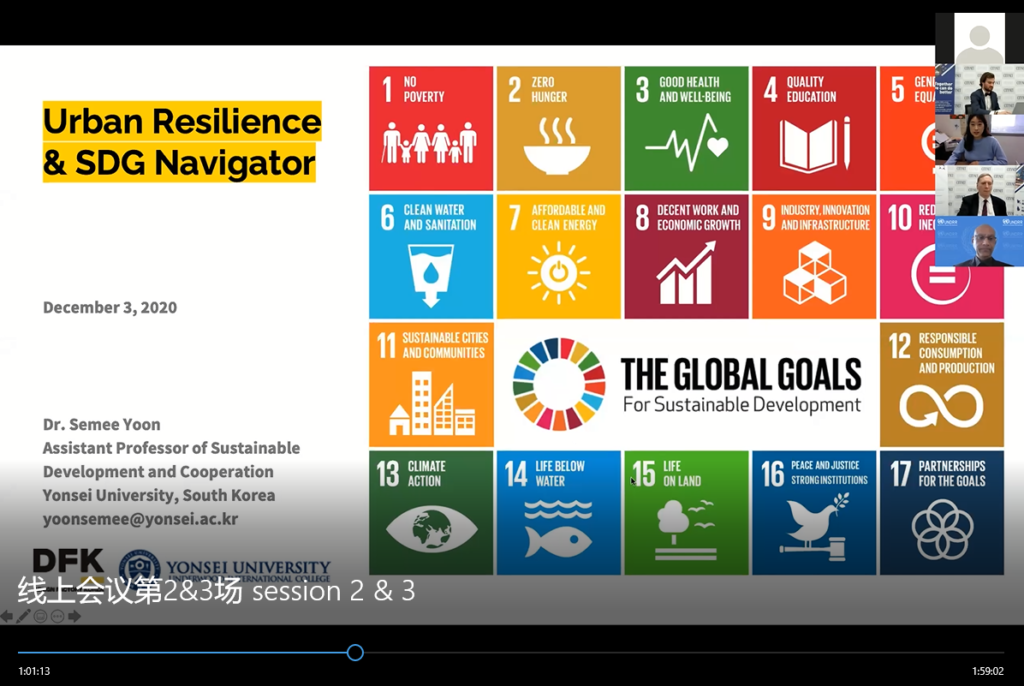
Dr. Michell and Dr. Yoon both agreed that resilience is an essential part in the urban development. Increasing and evaluating resilience capacities should form part of the regular activities in cities’ urban development plans.
Meanwhile, four cities – Chongqing, Dalian, Suwon, and Matsuyama – shared their urban resilience practices.
Dr. Huafeng Gong of Chongqing Sustainability of Landscaped-City Development Institute presented the different challenges Chongqing (China) is facing and their plans on addressing these resilience challenges. For example, flooding has become a recurring problem in the city. Chongqing City plans to strengthen their flood warning system with the use of latest technology. The city will also investigate the different potential risks of their different housing and urban infrastructures.
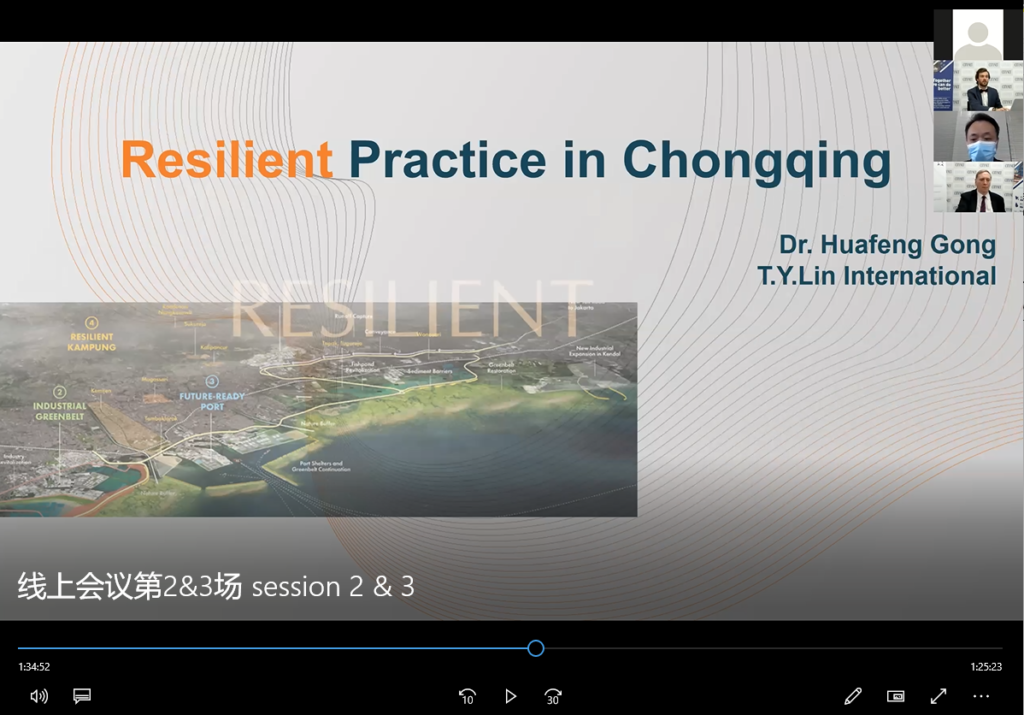
Dr. Haimin Jun, Vice President from Dalian Urban Planning & Design Institute, said that one of the main resilience challenges in Dalian (China) was water shortage. The city is now developing measures on water resource management like building structures to helping Dalian become a sponge city. Dr. Jun also presented how Dalian is managing its effective drainage system.
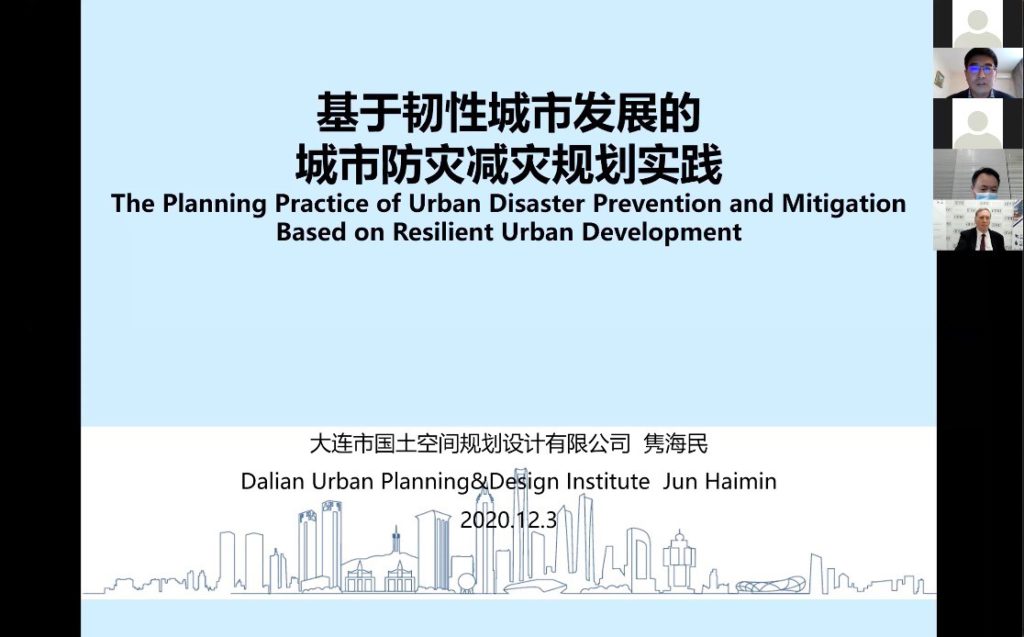
Dr. Eunyoung Kim, Director of the Urban Planning and Design Research from Suwon Research Institute mentioned heat waves and record-level heavy rains present major threats to Suwon City (South Korea) and its residents. Dr. Kim said the city is building green infrastructure and promoting research and development to address these issues.
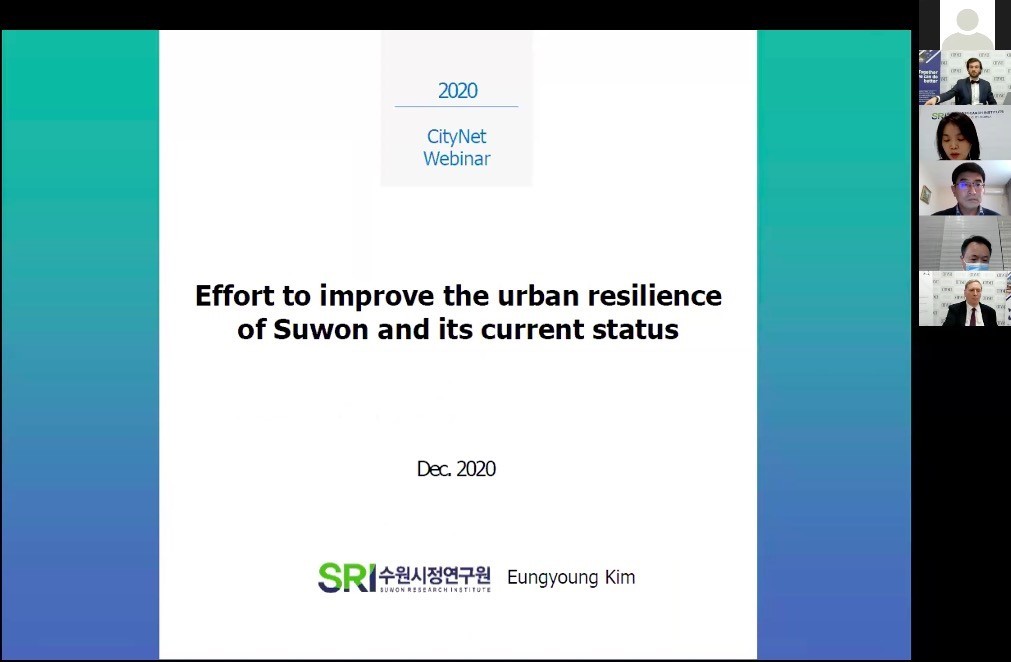
In Matsuyama City (Japan), Mr. Daisuke Shiba from the city’s Crisis Management Division said that developing human resources toward enhancing community responses on disasters remains an important process. Matsuyama City has presented effective disaster prevention education programs and drills to its citizens. With informed citizens, Matsuyama hopes to reduce the losses each time a disaster strikes.

The series webinar Urban Resilience Practices from Northeast Asia is a special program of CityNet, conducted with the support of WRI China and Beijing ArchiCity Consulting Ltd. As a next step, CityNet looks forward to providing more platforms to promote exchanges and cooperation between cities in the Asia Pacific.
For more information about the webinar, you can watch the recorded videos in English and Chinese on our Youtube channel. The English version is embedded below.
The presentations of the speakers can be found below:

